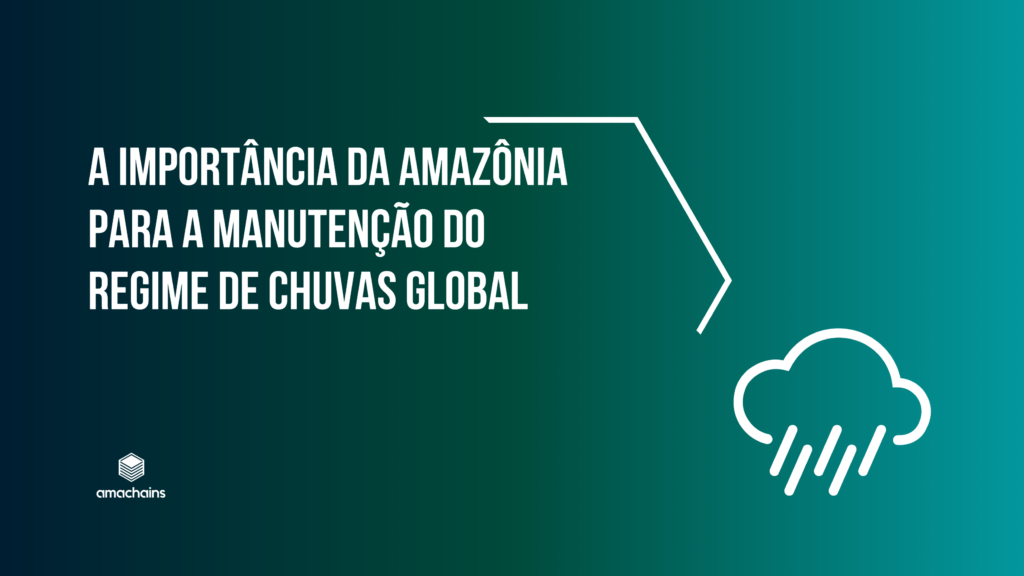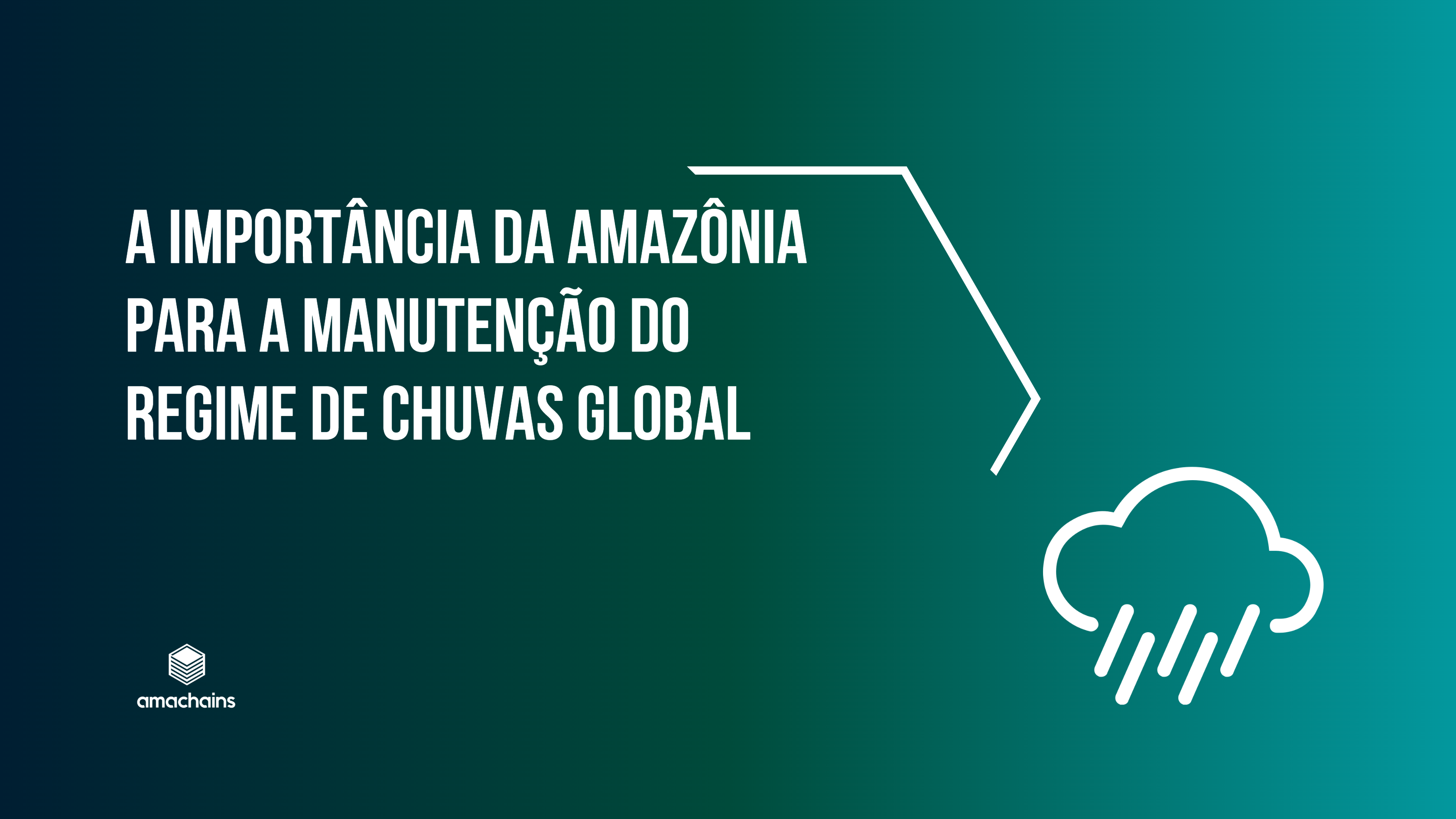The Amazon plays a crucial role not only in maintaining climate balance, but also in maintaining global rainfall patterns. The vast expanse of tropical forest, which covers more than 5.5 million square kilometers, directly influences regional and global climate patterns. Preserving the Amazon is essential to ensuring the continuity of these vital hydrological cycles, and the adoption of green economy initiatives emerges as a promising solution to achieve this goal.
The Role of the Amazon in the Hydrological Cycle
The Amazon rainforest contributes significantly to the hydrological cycle through evapotranspiration, a process in which water is absorbed by tree roots and released into the atmosphere by leaves. It is estimated that the Amazon releases around 20 billion tons of water into the atmosphere every day, creating “flying rivers” of water vapor that influence rainfall patterns in many regions.
These “flying rivers” transport moisture to other areas of Brazil and South America, directly impacting agriculture, hydroelectric power production and drinking water supplies. Disruption of this cycle can lead to severe droughts, impacting millions of people and several industries.
Global Influence
The Amazon’s influence on climate is not limited to South America. The forest also has a buffering effect on global temperatures. Amazonian trees store large amounts of carbon, helping to regulate the concentration of carbon dioxide in the atmosphere. Deforestation reduces this storage capacity, exacerbating the greenhouse effect and contributing to global climate change.
Threats to the Amazon
Despite its importance, the Amazon faces significant threats from deforestation and environmental degradation. The uncontrolled expansion of agriculture, livestock farming and mining has led to rapid destruction of the forest. The loss of forest cover not only reduces biodiversity, but also compromises rainfall patterns and the forest’s ability to act as a carbon sink.
Green Economy as a Solution
Preserving the Amazon requires a multifaceted approach that reconciles economic development with environmental sustainability. The green economy emerges as a viable strategy, promoting the sustainable use of natural resources and the implementation of practices that benefit both the economy and the environment.
Sustainable Agriculture
One of the main initiatives of the green economy in the Amazon is the promotion of sustainable agriculture. This includes agroforestry, where trees are planted alongside agricultural crops, and regenerative agriculture, which focuses on restoring soil and increasing biodiversity.
Integrated Crop-Livestock-Forestry (ICLF) is an innovative strategy to promote sustainable agriculture by combining agricultural, livestock and forestry activities in the same area. This production system aims to optimize land use, increase productivity and promote environmental conservation. ICLF contributes to improving soil quality, reducing greenhouse gas emissions and preserving biodiversity. In addition, it provides economic benefits to rural producers by diversifying their sources of income and reducing risks associated with pests and diseases. With an integrated and sustainable approach, ICLF stands out as an efficient solution to face the challenges of modern agriculture, promoting a balance between agricultural production and environmental conservation.
These practices not only reduce the need for deforestation, but also increase the resilience of local communities against climate change.
Sustainable Forest Management
Sustainable forest management involves exploiting forest resources in a way that does not compromise the health of the ecosystem. This includes selective logging and the collection of non-timber products such as fruits, nuts and oils. Such practices generate income for local communities while encouraging forest conservation.
Ecotourism
Ecotourism is another initiative that can contribute to the preservation of the Amazon. By promoting responsible tourism that values biodiversity and local culture, a source of income is created that depends directly on the conservation of the forest. This encourages local communities to protect their natural resources and value environmental preservation.
Payments for Environmental Services (PES)
Payments for Environmental Services programs financially reward landowners who maintain intact forest areas. This includes preserving springs, capturing carbon, and conserving biodiversity. These programs incentivize conservation by making standing forest more valuable than cleared land.
The Amazon plays a vital role in maintaining global rainfall patterns and regulating the climate. Preserving the forest is crucial to ensuring the continuity of these essential ecosystem services. The adoption of green economy initiatives, such as sustainable agriculture, sustainable forest management, ecotourism and payments for environmental services, offers a promising path to reconcile economic development and environmental conservation. Protecting the Amazon is not just a regional responsibility, but a global imperative for the sustainability of our planet.








